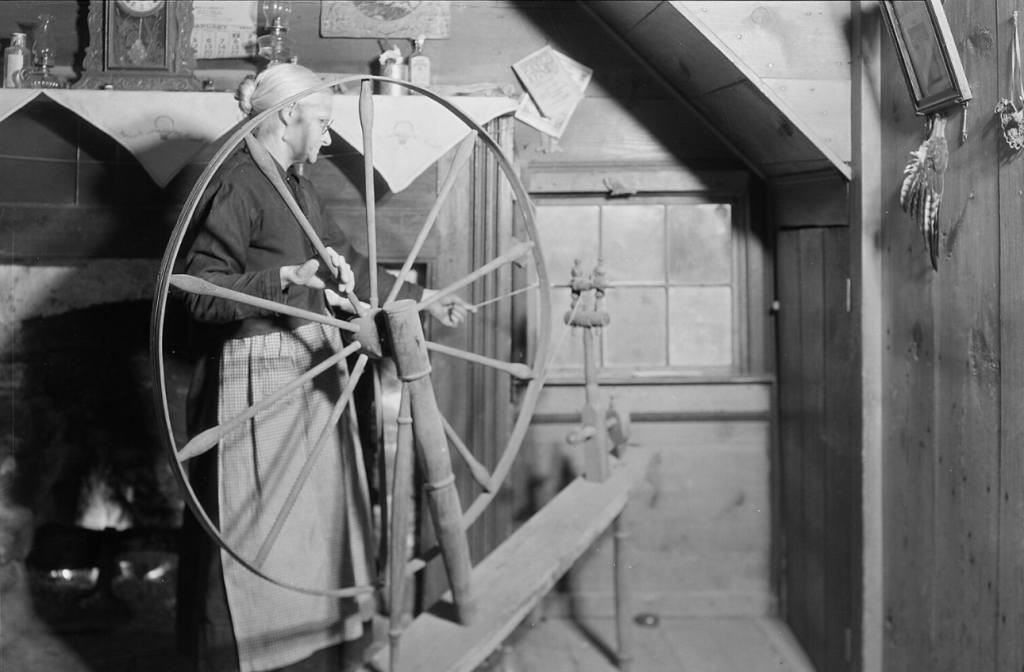“Why are they called ‘spinsters’?” That was a question I heard at a recent book event. The press release for “Proving Her Claim” opens with this line:
The Civil War created countless spinsters and widows. Anna Olson was one of them.
Like many words in the English language, “spinster” historically refers to women who literally spun thread and yarn for a living. The term dates back to the 1300s. And, while the term initially described a woman’s job, it soon became associated with women who were single. Because unmarried women were usually poorer than married women, they ended up with lower-status, lower-income jobs — like spinning wool.
The word soon entered mainstream language and became an official term in legal documents. In the middle ages people used their occupation as a surname, such as Smith, Baker, Potter and others. But, because being a spinster by occupation was also associated with being an unmarried woman, by the 17th century, “spinster” was used on legal documents simply to mean an unmarried woman.
In addition to being a legal term, “spinster” also has a negative connotation. It was often used to shame women for not being married by a certain age. In “Proving Her Claim,” Anna Olson decided to move beyond society’s expectations and build a life for herself. Thanks to the Homestead Act’s requirement that only a “head of household” would qualify to stake a claim, that included women who were single, widowed or divorced.
For more blogs, follow me on Substack

